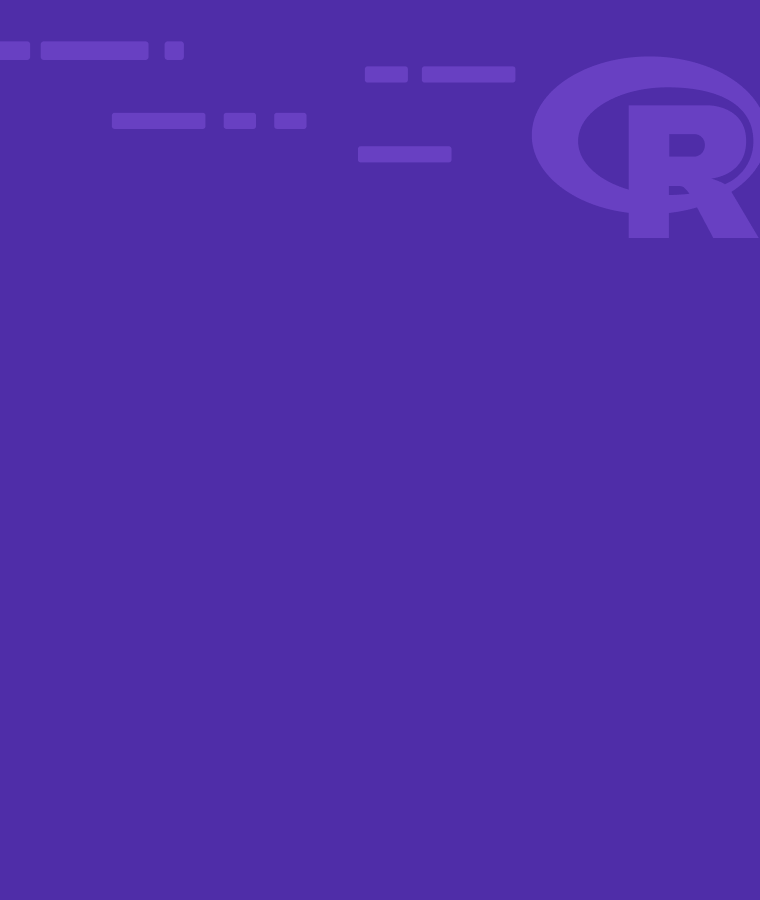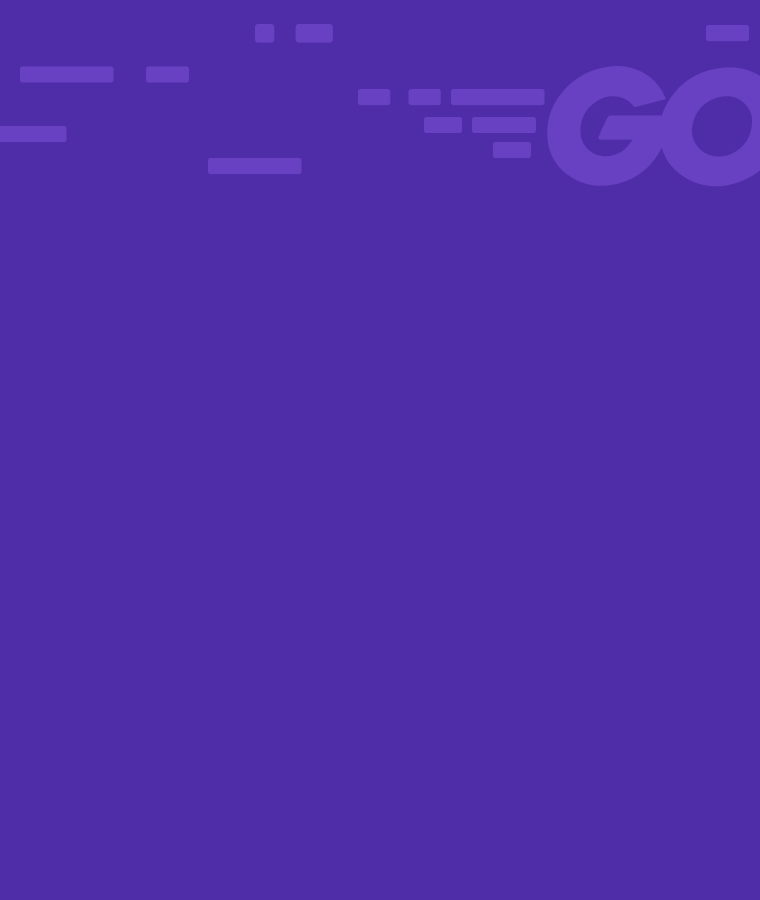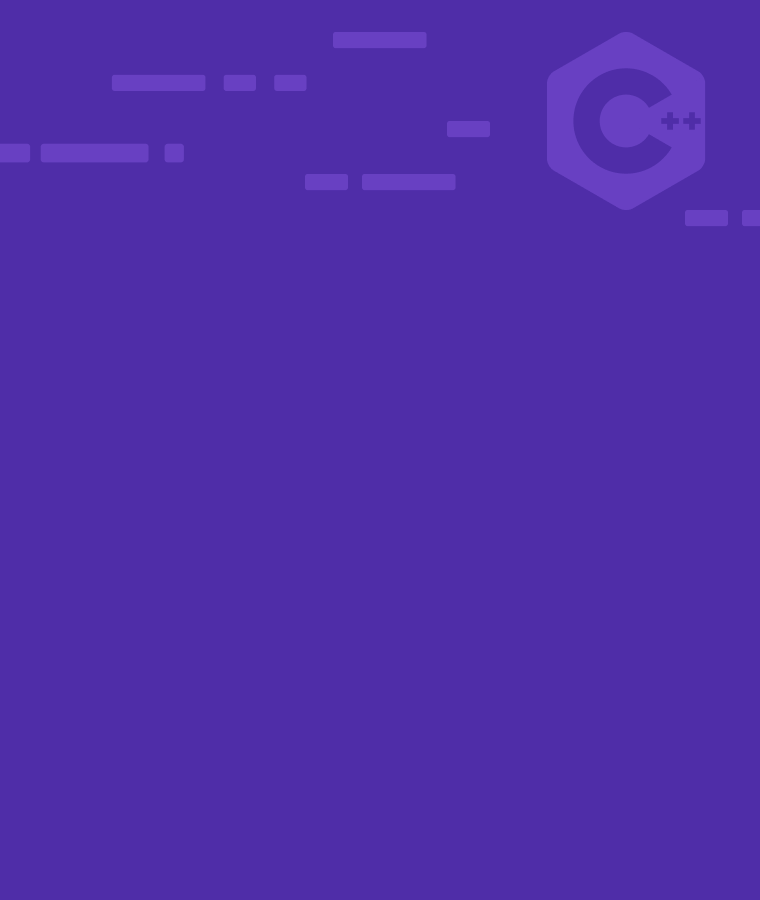
What is R, and How is it Used?
Discover the history of R and why it’s one of the most popular programming languages in data science
In our increasingly digital world, data has become the new gold. Tremendous amounts of data are generated every day. As a result, companies use it to support decision-making processes.
In order for companies to be data-driven, they need to equip their employees with the right data tools. This includes making the right programming languages.
R is one of the most popular programming languages in data science. It offers a great collection of packages for performing all kinds of data science tasks. Together with Python, R forms an integral part of the modern-day data science toolkit.
You might have a lot of questions:
- What are the features and benefits of R?
- How can programmers use it to build robust and modern applications?
- Why should beginner programmers consider adding R to their developer stack?
Let’s break down everything you need to know about R and how it’s used today.
What is R?
R is an open-source programming language optimized for statistical analysis and data visualization. R was created in the early 1990s by Robert Gentleman and Ross Ihaka at the University of Auckland in New Zealand.
Unlike Python or Java, R is not a general-purpose programming language. Instead, R is considered a domain-specific language. It’s great for statistics, data analysis, and data visualization.
R is a popular for data science, academic research, and statistics.
As of July 2022, it ranked 7th on the PYPL Index and 19th on the TIOBE Index.
R is everywhere in data science today. This is partly due to its ease of use. R is often cited as a good programming language for beginners.
As a result, all kinds of data professionals use R, including:
- Data scientists
- Statisticians
- Data analyst
- Data architects
- Researchers
- Financial analysts
- Machine learning engineers
With its massive community (over two million users worldwide), R has a vibrant ecosystem. New features and packages created by R developers are constantly popping up.
Most of them live in CRAN (Comprehensive R Archive Network) repository. It comprises more than 17,000 curated packages. This huge catalog provides endless models and tools to perform data analysis tasks.
In which industries R has been adopted?
Although it’s an older programming language, it remains one of the most popular analytics tools. Professionals use it in both traditional data analytics and the rapidly-evolving field of business analytics.
Here are some industries that rely on R:
- Education
- Finance
- Consulting
- Media
- Healthcare
- Industrial and mechanical operations
- Academic and scientific research
So, what makes R a perfect language for data science?
Like Python, R is a very popular language in the field of data science. That’s because R offers some structural advantages over other languages for data evaluation and prediction.
No matter what data task you are dealing with, R gives you everything you need in an easy, powerful and beautiful way.
R is easy
R was designed to handle data and perform data analyses. Basic data exploratory analyses and visualizations can be done in a few lines of code. That’s why, R is considered as one of the easier programming languages for data analysis.
For more complex tasks, R users can leverage the huge collection of packages hosted in CRAN. With R’s rich capabilities, data professionals will be able to perform all kinds of operations, including:
- Analyse large datasets, with both structured and unstructured data
- Perform advanced statistical analysis
- Build machine learning models
- Present findings in an impactful and readable format.
R is powerful
A key strength of R is the existence of many well-established packages for data science.
A great example to illustrate the power of the R ecosystem is Tydiverse. The Tidyverse is a collection of easy-to-use packages designed for data science. These packages, designed by Hadley Wickham, share the same design, grammar, and data structures. The fact of having common features makes the learning process easier.
Tidyverse contains some of the most famous packages for data science in R, including:
- dplyr: It provides many functions for data manipulation. Dplyr is perfect for all types of operations, including:
- Selecting specific columns
- Sorting data
- Applying filters
- Aggregating data.
- tidyr: a great package that will help you get your data clean and tidy. Examples of these operations include:
- Pivot your data frames,
- Drop null values
- Merge columns
- ggplot2: the perfect library for visualizing data.
R is beautiful
After you’ve finished with your data analysis, a final (and critical) step is to communicate the results so data can support business decision-making.
Here, data visualization enters the scene. Data visualization is the practice of translating information into a visual context, for example:
- a graph
- a chart
- a plot
- a map
R is unbeatable when it comes to graphic capabilities. Supported by powerful packages such as ggplot2 – often cited as the greatest data visualization tool ever created –, building impressive visualizations is very easy in R. This is an example of a scatter plot made with ggplot2:

Besides, R users can leverage packages like Shiny to create interactive dashboards. Shiny’s ease of use allows even non-technical employees to create and share powerful dashboards.
How can you learn R?
The first step to learning R is to take a fundamental programming class on R to learn the basics of the language. After that, you should practice with it and see the applications in real-world use cases.
Sololearn offers a comprehensive course in R that you can try from anywhere, at any time… for free.
You’ll also get:
- The chance to move through different tutorials of core R concepts at your own pace. All from the ease of your mobile device through the SoloLearn app.
- Expert-designed coding quizzes and challenges that will help you test your knowledge.
- A comprehensive Code Playground, where you can play around with the code and begin building applications or processes of your own.
- The ability to create a custom learner profile. This will allow you to track your achievements and learning objectives, stay motivated, and share your experience.
- A wide variety of other coding classes, if you want to move beyond R and begin learning other languages to further broaden your developer skill set.


